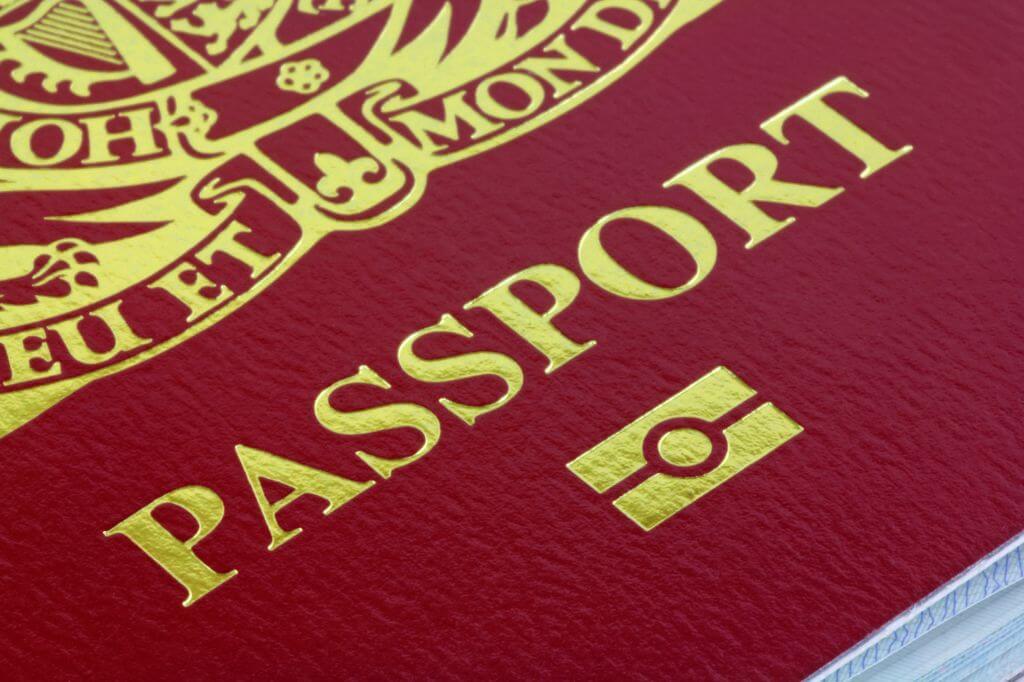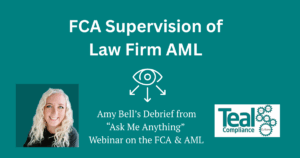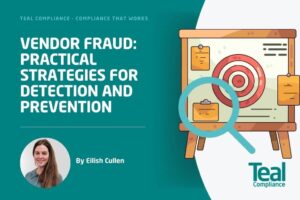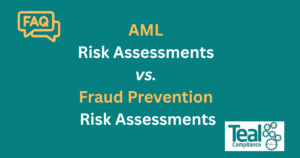Some of the certifications I’ve seen on client identification documents that fee earners have uploaded as part of their client due diligence checks, have led me to raise an eyebrow.
One of my favourites was a document certified by someone whose occupation was detailed as “Retired”!
Having worked in Risk and Compliance for over 7 years, one question I would regularly hear was “who can certify my client’s identification documents?”.
Firms will have different policies and procedures in respect of this. However, it is worth considering the following points when deciding whether you are happy to accept the certification on a document:
- Is the person certifying the documents a professional person or ‘of good standing’ i.e. are they regulated, or do they work in a position of trust?
- Is the certifier easily identifiable?
- Would you be able to contact the certifier if needed to verify their certification? A bank, building society or post office official could move jobs/professions, making it difficult for you to contact them.
- Does the certifier have the relevant skills to know whether what they are certifying is a true original document?
- Has the document also been certified as a true likeness?
The majority of firms only accept certified client due diligence documents from a professional regulated person for example a solicitor, a banker or a notary. The reason for this being that they are then able to demonstrate to the relevant authorities, if necessary, that the person in question who certified the documents was of “good professional standing”, easily identifiable to contact if necessary and competent at document inspection and imposter detection.
We had a query a couple of months ago as to whether documents must also be certified as a “true likeness”. My view is that this wording should be used where the document being certified contains a photograph. If the certifier does not stamp a document containing a photograph with the wording a “true likeness”, and states a “true copy” then they are suggesting that they have ONLY seen the original document and therefore the individual who the document relates/belongs to was not present at the time the document was certified. This, to me, defeats the whole point of getting documents containing a photograph certified in the first place!
If you come across documents containing a photograph that are only certified as a “true copy” it is worth double checking with the certifier that the individual was present at the time the document was certified or that the certifier has met the individual in person previously and can confirm that it is a true likeness.
Don’t forget to make sure the document being certified is in date – It’s surprising the number of times I have seen client identification documents that have expired but have been recently certified.
Get in touch
If you’d like to know about how our services can help, please get in touch with our experts today.




